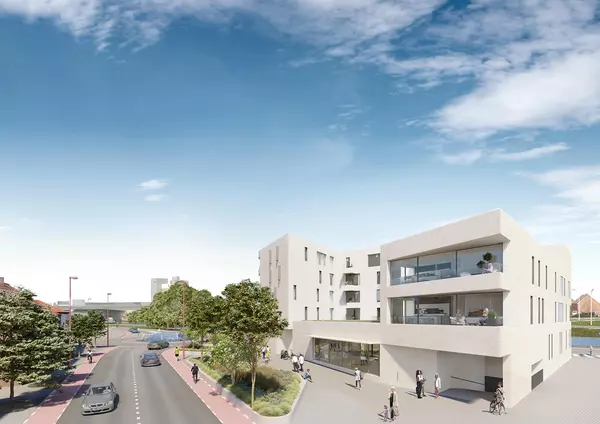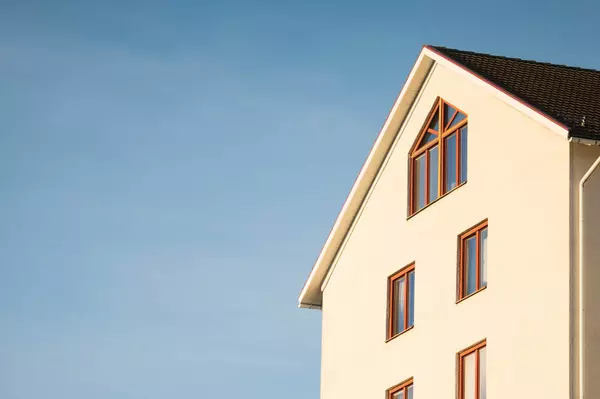How to think about home prices for the rest of 2025
The story for the housing market over the past three years has been, “Home sales are down, home prices are up.”
Because inventory was so restricted after the pandemic, prices pushed higher even as demand weakened. That story may finally be inverting as unsold inventory of homes is now great enough that home prices are below last year’s levels in many parts of the country.
We’re almost halfway through 2025, and mortgage rates have stayed higher for longer than anyone expected. Home sales have continued to disappoint through the peak buying season and are only now just showing some growth over last year. So even as price pressures emerge, home sales volumes are starting to show growth over 2024.
Available inventory of homes on the market is back to the pre-pandemic range, with 826,000 single-family homes unsold on the market as of mid-June. That’s 32% more than this time last year. It took three full years, but the supply of unsold homes has finally built sufficiently to put downward pressure on prices. Demand remains very slow, so this trend looks unlikely to change any time soon.
Meanwhile, because of pandemic-led tight inventory, home prices climbed in 2022, finishing the year up 6% over 2021. The calendar year 2023 started off very weak, but home prices finished up 5%. Last year, surprisingly — after a third year of mortgage rates in the 6s and 7s — home prices climbed 4% again. Even as inventory grew, there were sufficient buyers to buoy prices just a bit.
But this year that trend has finally petered out. As of mid-June 2025, home prices (as measured by the Altos weekly pending home sales median price, 90-day moving average) are up nationally just 0.55% versus summer 2024. Depending on how you measure “prices,” it’s safe to categorize home prices for 2025 as the softest in many years.
As of June 6, 2025, we measure 11 states with home prices at or below their 2024 levels:
- Hawaii: -3.8%
- Iowa: -2.0%
- Arizona: -1.6%
- Georgia: -1.3%
- Florida: -1.2%
- Texas: -1.2%
- Colorado: -0.8%
- Alabama: -0.2%
- Montana: 0.0%
- New York: 0.0%
- South Carolina: 0.0%
I discussed this the other day on the HousingWire Daily podcast. Most of the price weakness is across the Sun Belt, where inventory has built the most and fewer buyers are moving from the north. It seems likely that Tennessee, Utah, and Washington are next in line.
The sales data headlines you’ll see right now are covering April data, and they look rough. Zillow reported that 27 of 50 states had seasonally adjusted home price declines from March to April.
The momentum in home prices sure seems to be slowing. A word of caution with the current headlines: April was really nasty across all financial markets. With the chaos of tariffs, the stock markets tanked, mortgage rates spiked, and consumers and businesses pulled back on spending across the board.
Many home sales got delayed, and home prices suffered. We’ll soon start to see the headline housing announcements reflect May, and in the real-time Altos data, May started out slowly but ended with year-over-year gains. Meanwhile, May was a huge recovery month for the stock market as well. It’d be wise not to use April as a proxy for the whole year.
Indeed, there are slight nuances of home pricing stickiness as financial markets recovered in May and June. The Altos median asking price is 1.3% ahead of 2024, and the price of all the homes under contract is 2.5% above 2024.
Meanwhile, the percentage of homes on the market with price reductions is at a 15-year high for June — 39.5%. Nearly 40% of homes on the market have taken a price reduction from the original list price. That’s significantly more than “normal,” which would be closer to 30%. There’s no indication that demand is going to push prices higher this year. Will the market crash?
The vibes are changing
I run an unscientific poll of my followers on Twitter and LinkedIn each month asking where they think home prices are heading for the year. While nationally home prices are still positive compared to the same point in 2024, the vibes for home prices are growing much more bearish. As of my June 12 poll, over 62% of respondents now expect home prices to fall in 2025. That’s up from just 27% in January.
<\/script>The vibes-casters aren’t the only ones getting more pessimistic. I participate in a panel of economists who forecast home prices each quarter for Fannie Mae and Pulsenomics. This group is still positive, projecting on average 2.95% home price gains for the year. But they’re slowly growing less sanguine. The forecaster average was 3.41% last quarter and 5.25% to start the year.
Why are the economists slightly more optimistic than consumers? It’s very unusual for home prices to decline in any given calendar year compared to the previous one. Outside of the Great Financial Crisis, annually, home prices — as measured by the Case-Shiller Index — have fallen only once (1990). One reason is the phenomenon known as “downside-stickiness.” Existing homeowners don’t like to price their homes for less than they were once worth.
In many cases, homeowners prefer to hold and not sell rather than suffer a perceived loss on the price. This is especially true if the homeowner has a lot of equity and very cheap holding costs — and almost everyone in the country has a very cheap mortgage now.
For the rest of 2025, we can see that inventory levels — especially in the Sun Belt — are now sufficient to put downward pressure on home prices. This seems likely to continue and spread to more states. However, there isn’t much in the data that shows significant price declines.
With a little luck in the second half of the year, mortgage rates ease down, which spurs buyer demand a bit. In that case, we expect to finish 2025 with slight gains in home prices over 2024.
Categories
Recent Posts










Broker Associate | License ID: BS 15753.LLC
+1(702) 596-1351 | linda@teamlindastewart.com
